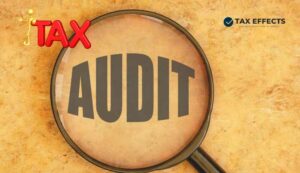
Income Tax Audit – Meaning, Applicability, Objective, Due date of filing tax audit, Penalties for not filing
In this article, we will discuss in detail about Tax Audit & its applicability under Section 44AB of the Income Tax Act, 1961. Tax Audit
Home » Income Tax

In this article, we will discuss in detail about Tax Audit & its applicability under Section 44AB of the Income Tax Act, 1961. Tax Audit

In this article, we will discuss about the summary of Taxation Rules in case of Shares Trading or held as Investment as per Income tax
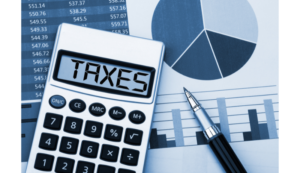
In this article, we will discuss about the Special Tax Rates Applicable on Special Income such as Short Term Capital Gain, Long Term Capital Gain, Virtual
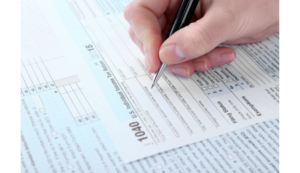
Filing income tax returns is a crucial task for every taxpayer. However, it is common to make mistakes or omission certain details while filing Return
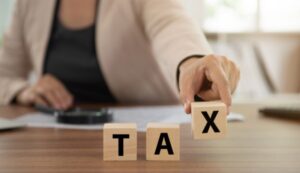
If an assessee having taxable income must file an Income Tax Return (ITR) each financial year. After filing the ITR, the income tax department would
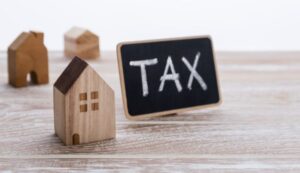
TDS Applicability on Sale of Immovable Property by Non-Resident Indian (NRI): (i). On Sale of Immovable Property (IP) by a NRI SELLER, Capital Gain (CG)
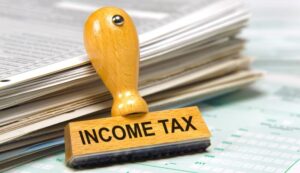
In this article we will discuss in detail regarding the DEFAULT New Tax Regime as per Section 115 BAC & Old Tax Regime applicability for

In this article, we will discuss about tax treatment of various different Income & Investments made are: (1). Public Provident Fund (PPF) – a) Fully

Section 194IB of Income Tax Act, 1961 is applicable on TDS to be deducted on TDS on Rent Payment by Certain Individuals or HUF. Any

There are multiple benefits available to Senior Citizens in respect of filing ITR which is as follows: (1). Higher Basic Exemption Limit (BEL): Senior



In this article, we will discuss about the Special Tax Rates Applicable on Special Income such


If an assessee having taxable income must file an Income Tax Return (ITR) each financial

TDS Applicability on Sale of Immovable Property by Non-Resident Indian (NRI): (i). On Sale of


In this article, we will discuss about tax treatment of various different Income & Investments


There are multiple benefits available to Senior Citizens in respect of filing ITR which is
It is always the knowledge which makes people empowered. Therefore, our effort through this website is to help others by sharing knowledge which is useful for them.
We provide tax related articles which is useful for various stakeholders starting from Students, Traders, Tax Practitioners, and the public at large.